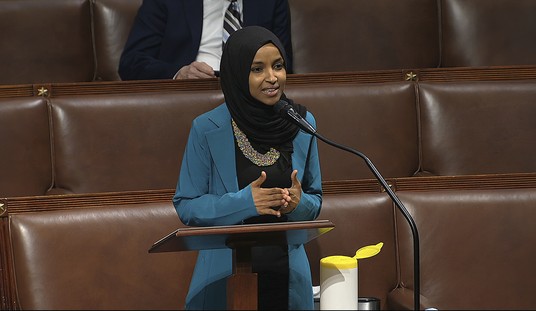And when I says there is none, I do mean that there is a certain amount:
ABC’s World News on Tuesday night bemoaned the impact of conservatives and citizen journalists in derailing President Barack Obama’s agenda. Pivoting from the reaction to Obama’s address to students, anchor Charles Gibson observed “today’s speech was really the latest target of some conservative groups taking on the President” and “their tactics are having an impact.”
Reporter Dan Harris asserted “the conservative echo chamber is not new, but,” he fretted, “this White House is operating in a vastly accelerated media environment where you no longer need to be in the presence of reporters to make news, as we saw with the health care furor at those town hall meetings.” Journalistic veteran Tom Rosenstiel marveled: “Today you can arrange that protest yourself, photograph it with a hand-held cell phone, and if you can then generate enough views of that video on YouTube, you can make something into national news.” That’s because, Harris insisted, “the mainstream media love a good fight, even if the charges are unfounded.”
Though Harris acknowledged “some of the conservative complaints do play into larger concerns” about Obama, he relayed how “critics say the White House has been simply unprepared to deal with the ferocity of the conservative push-back.”
I wonder how that sort of slanted tone is playing outside of the Northeast Corridor?
Meanwhile, regarding the successor to the anchorman who confesses to once owning a “‘War is not good for children and other living things” plaque, Kathy Shaidle writes:
Hang on: if that was ‘real journalism’, Jack Shafer, Then what do you call what we much-maligned bloggers do now?
Why the 63-year-old Sawyer would want to enter this dying news genre confounds reason—unless she’s simply weary of rising in the early a.m. to appear on Good Morning America, which she’s co-hosted since 1999.
She obviously knows that the programs do less “real” journalism than they did in their 1960s-1970s heydays, when what they really excelled at was pointing to the headlines in that day’s New York Times, Washington Post, Los Angeles Times, and Wall Street Journal.
Wow, talk about setting the bar low! That was the same period that Tom Wolfe described in 1980 as TV news being the nadir of journalism:
Within the television news operations there’s such a premium put on not being a reporter. Everyone aspires to the man who never has to leave the building, the anchor man, who is a performer. The reporters are called researchers and are usually young women, and the correspondent on television is a substar, a supporting actor who prides himself on the fact that he doesn’t have to prepare the story. You talk to these guys and they’ll say, “Well, they sent me from Beirut to Teheran, and I had forty-five minutes to get briefed on the situation.” What they should say is, “I read the AP copy.” The idea is that as a performer you can pull together this news operation anywhere you go and the whole status structure is set up in such a way that you’re not going to get good reporters. Just try to think of the last major scoop, to use that old term, that was broken on television. I’m sure there have been some. But what story during Watergate? During Watergate there were new stories coming out every day. None were on television, except when television simply broadcast the hearings. The can do a set event. And that’s what television is actually best at. In fact, it’d be a service to the country if television news operations were shut down totally and they only broadcast hearings, press conferences and hockey games. That would be television news. At least the public would not have the false impression that it’s getting news coverage.
And that was 15 years before TV began hemorrhaging viewers to the Web.
Incidentally, so what does Charlie think about his successor? He’s none too pleased, if this report is true. The lede has a howler of a Freudian slip, however:
There’s a story people at ABC News tell about the morning of Sept. 11, 2001. Diane Sawyer and Charlie Gibson were cozily ensconced in the Good Morning America studio when the first plane crashed into the World Trade Center. Being seasoned newsmen both, they sprang into action, covering the tragedy side by side for about 10 minutes until Peter Jennings—stately, stoic, impeccably tailored—settled into his anchor chair.
Who knew that Gibson and Diane Sawyer were both newsmen?










Join the conversation as a VIP Member